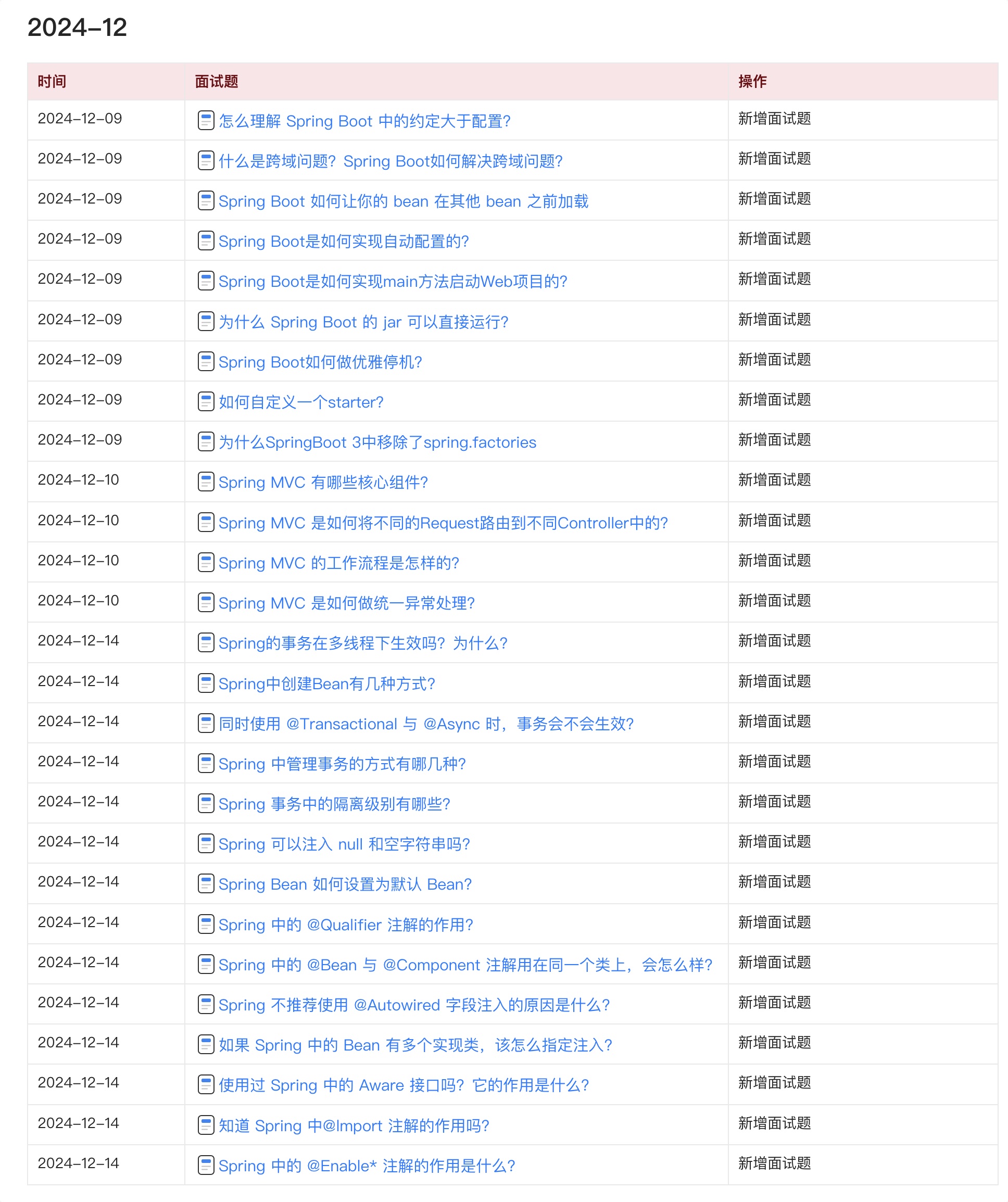我们在第一章中简单介绍过倒排索引,本章我们来看下倒排索引的底层原理。先来回顾下什么是倒排索引,假设我们向某个索引里写入了下面两条document:
| document | 某字段内容 |
|---|---|
| doc1 | Ireallylikedmysmalldogs,andIthinkmymomalsolikedthem. |
| doc2 | Heneverlikedanydogs,soIhopethatmymomwillnotexpectmetolikedhim. |
Elasticsearch会对document的字段内容进行分词,然后构成倒排索引,比如可能是下面这个样子:
| word | doc1 | doc2 |
|---|---|---|
| I | Y | Y |
| really | N | Y |
| liked | Y | Y |
| 省略其它分词.... |
解释一下,Y表示这个word存在于document中,N表示不存在。
然后,当客户端进行搜素时,Elasticsearch也会对搜索关键字进行分词,比如关键字是“I liked her”,那么就会拆分成I、liked、her,这样Elasticsearch就能快速根据分词结果找到对应的document,doc1和doc2中都包含I和liked,就会都被检索出来。
即使输入“I like her”也能被检索出来,这跟分词器的行为有关。
一、分词器
建立倒排索引最关键的部分就是 分词器 。分词器会对文本内容进行一些特定处理,然后根据处理后的结果再建立倒排索引,主要的处理过程一般如下:
- character filter: 符号过滤,比如
<span>hello<span>过滤成hello,I&you过滤成I and you; - tokenizer: 分词,比如,将
hello you and me切分成hello、you、and、me; - token filter: 比如,
dogs替换为dog,liked替换为like,Tom替换为tom,small替换为little等等。
不同分词器的行为是不同的,Elasticsearch主要内置了以下几种分词器: standard analyzer 、 simple analyzer 、 whitespace analyzer 、 language analyzer 。
我们可以通过以下命令,看下分词器的分词效果:
GET /{index}/_analyze
{
"analyzer": "standard",
"text": "a dog is in the house"
}
# 采用standard分词器对text进行分词
分词器的各种替换行为,也叫做 normalization ,本质是为了提升命中率,官方叫做recall召回率。
对于document中的不同字段类型,Elasticsearch会采用不同的分词器进行处理,比如date类型压根就不会分词,检索时就是完全匹配,而对于text类型则会进行分词处理。
Elasticsearch通过
_mapping元数据来定义不同字段类型的建立索引的行为,这块内容官方文档已经写得非常清楚了,我不再赘述。
1.1 定制分词器
我们可以修改分词器的默认行为。比如,我们修改my_index索引的分词器,启用english停用词:
PUT /my_index
{
"settings": {
"analysis": {
"analyzer": {
"es_std": {
"type": "standard",
"stopwords": "_english_"
}
}
}
}
}
然后可以通过以下命令,查看分词器的分词效果:
GET /my_index/_analyze
{
"analyzer": "es_std",
"text": "a dog is in the house"
}
也可以完全定制自己的分词器,更多分词器的用法读者可以参考Elasticsearch官方文档:
PUT /my_index
{
"settings": {
"analysis": {
"char_filter": {
"&_to_and": {
"type": "mapping",
"mappings": ["&=> and"]
}
},
"filter": {
"my_stopwords": {
"type": "stop",
"stopwords": ["the", "a"]
}
},
"analyzer": {
"my_analyzer": {
"type": "custom",
"char_filter": ["html_strip", "&_to_and"],
"tokenizer": "standard",
"filter": ["lowercase", "my_stopwords"]
}
}
}
}
}
二、总结
在Elasticsearch中建立的索引时,一旦建立完成,索引就不可变,主要是出于性能考虑。关于倒排索引,最核心的一些东西就是上述文章所示的,更多内容建议读者自己去看官方文档。Elasticsearch的使用大多都是些API的调来调去,核心的东西其实就那么点。
Java 面试宝典是大明哥全力打造的 Java 精品面试题,它是一份靠谱、强大、详细、经典的 Java 后端面试宝典。它不仅仅只是一道道面试题,而是一套完整的 Java 知识体系,一套你 Java 知识点的扫盲贴。
它的内容包括:
- 大厂真题:Java 面试宝典里面的题目都是最近几年的高频的大厂面试真题。
- 原创内容:Java 面试宝典内容全部都是大明哥原创,内容全面且通俗易懂,回答部分可以直接作为面试回答内容。
- 持续更新:一次购买,永久有效。大明哥会持续更新 3+ 年,累计更新 1000+,宝典会不断迭代更新,保证最新、最全面。
- 覆盖全面:本宝典累计更新 1000+,从 Java 入门到 Java 架构的高频面试题,实现 360° 全覆盖。
- 不止面试:内容包含面试题解析、内容详解、知识扩展,它不仅仅只是一份面试题,更是一套完整的 Java 知识体系。
- 宝典详情:https://www.yuque.com/chenssy/sike-java/xvlo920axlp7sf4k
- 宝典总览:https://www.yuque.com/chenssy/sike-java/yogsehzntzgp4ly1
- 宝典进展:https://www.yuque.com/chenssy/sike-java/en9ned7loo47z5aw
目前 Java 面试宝典累计更新 400+ 道,总字数 42w+。大明哥还在持续更新中,下图是大明哥在 2024-12 月份的更新情况:

想了解详情的小伙伴,扫描下面二维码加大明哥微信【daming091】咨询

同时,大明哥也整理一套目前市面最常见的热点面试题。微信搜[大明哥聊 Java]或扫描下方二维码关注大明哥的原创公众号[大明哥聊 Java] ,回复【面试题】 即可免费领取。

